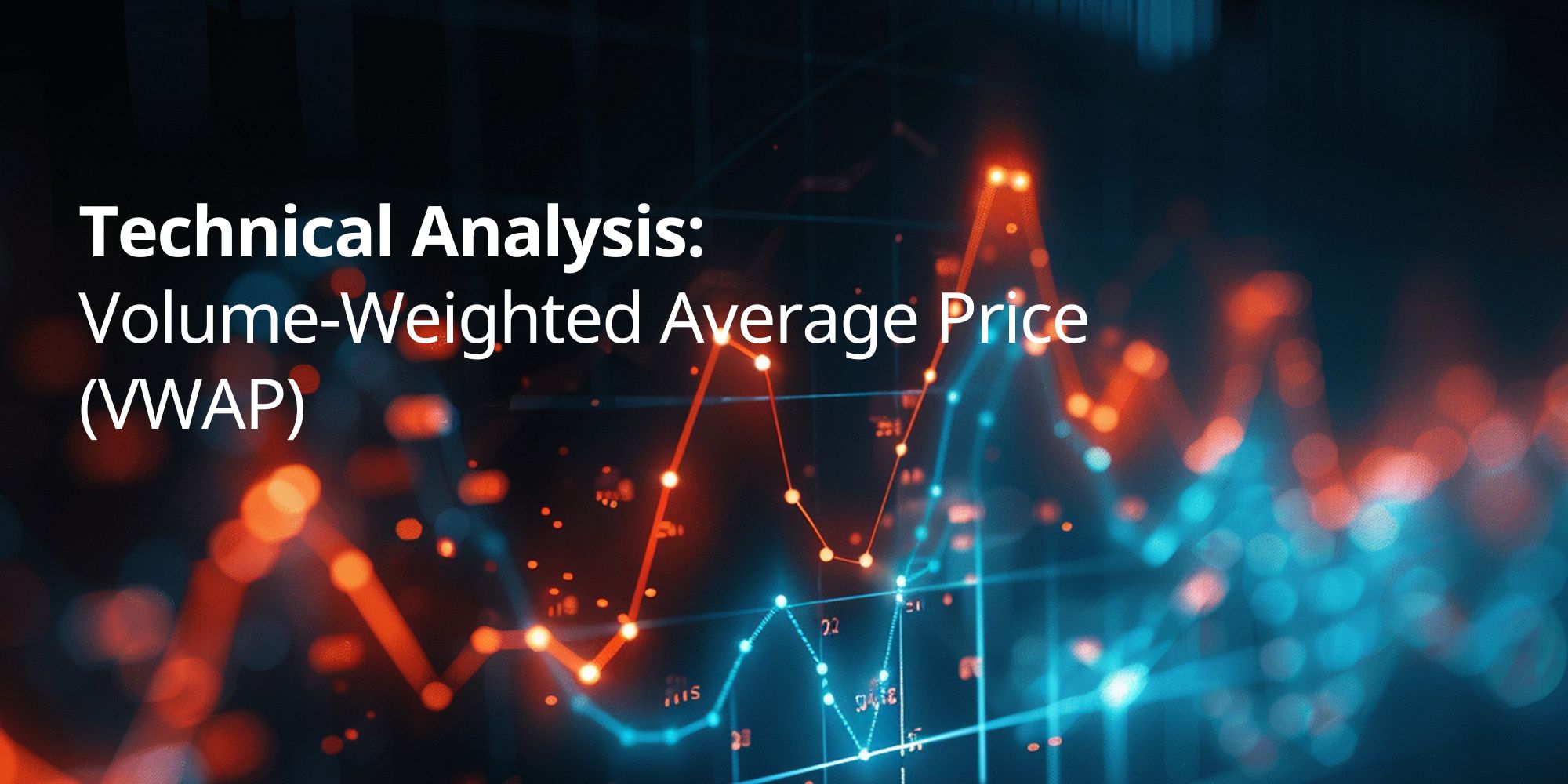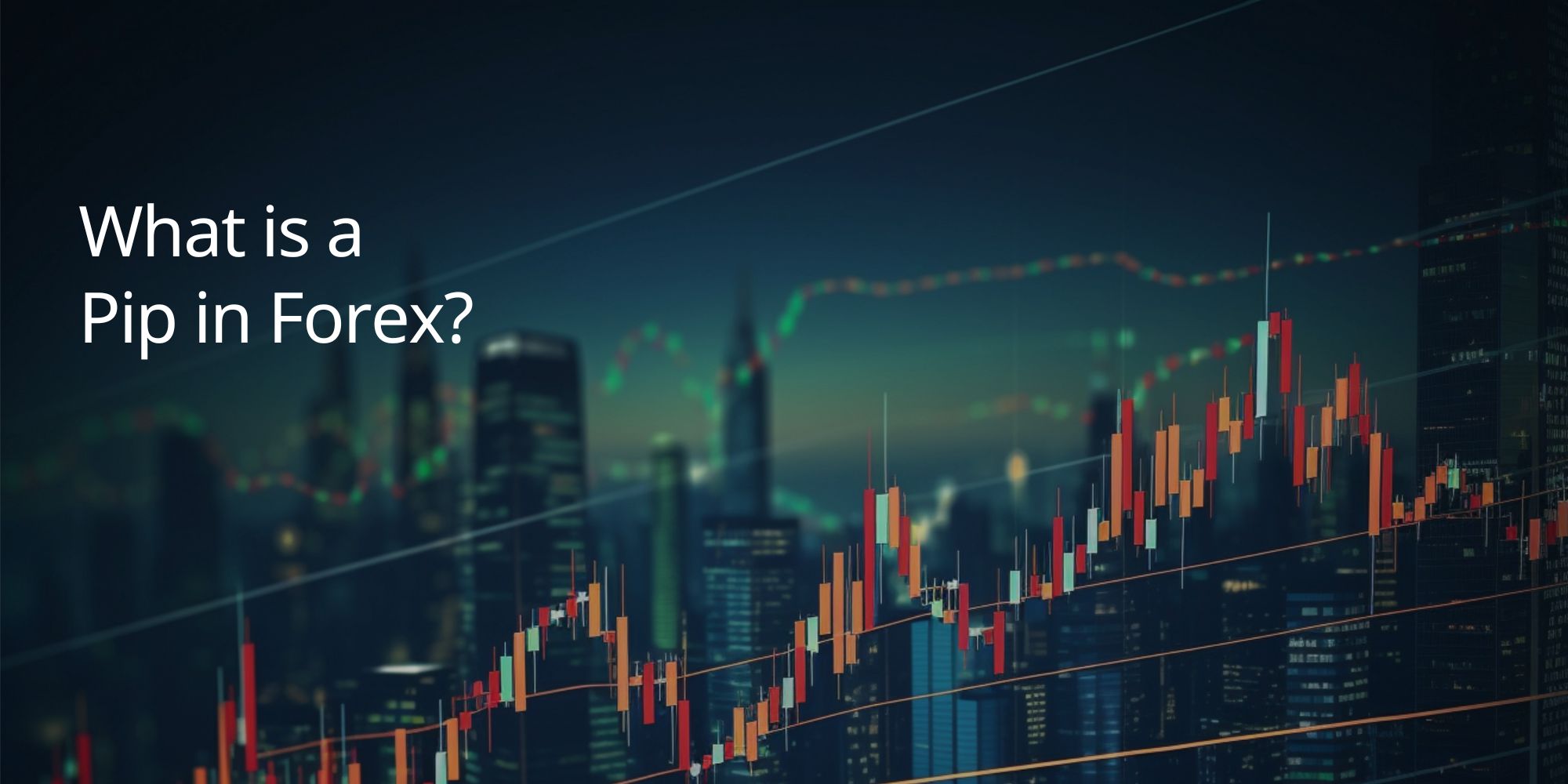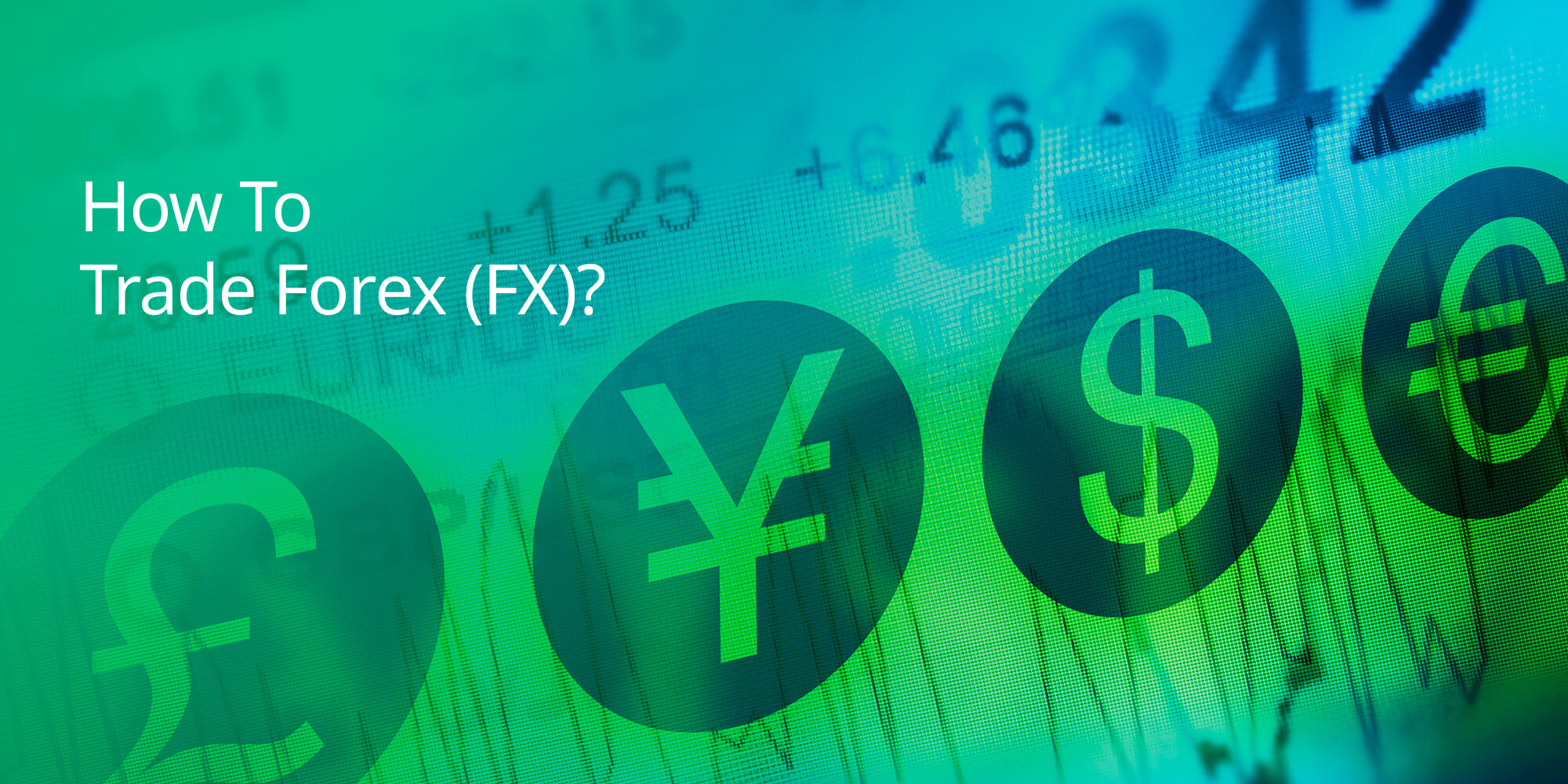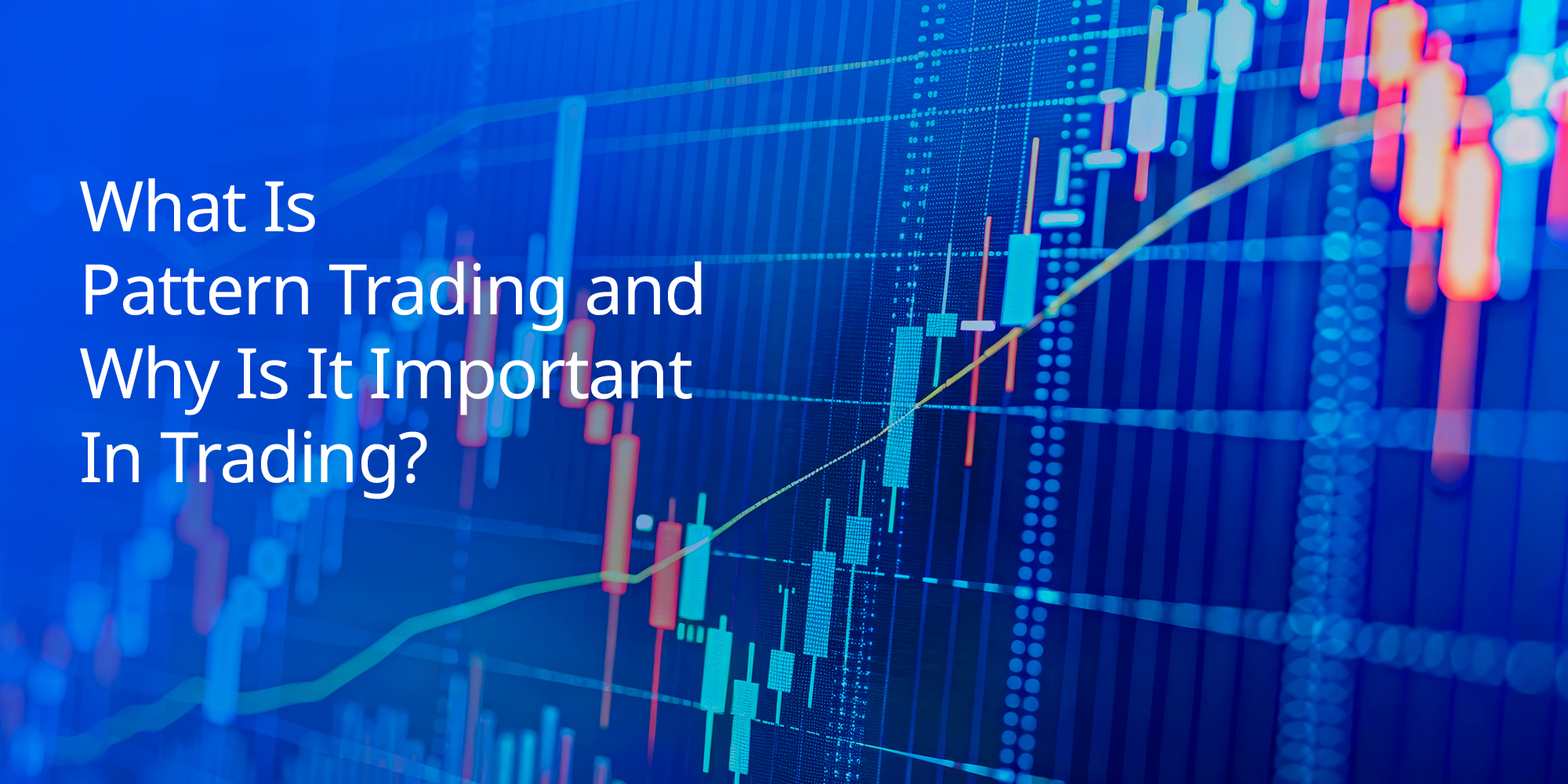Want to understand how price and volume interact to reveal trading opportunities? The Volume-Weighted Average Price (VWAP) is a valuable indicator that can help. This versatile tool provides insights into the average price at which an asset has traded throughout the day, weighted by volume.
In this comprehensive guide, we’ll explore VWAP in detail, covering its definition, calculation, interpretation, and practical applications in trading. Learn how to use this indicator to identify entry and exit points, assess market trends, and make more informed decisions in the financial markets.
What is the Volume-Weighted Average Price (VWAP)?
The Volume-Weighted Average Price (VWAP) is a technical indicator that calculates the average price of a security over a given period, weighted by the volume of trades during that period. It’s a popular tool used by traders to assess the current price of a security relative to its average price and to identify potential trading opportunities.
How VWAP Works
VWAP is calculated by adding up the total value of all trades (price multiplied by volume) and then dividing by the total volume traded over the specified period. This gives you a weighted average price that reflects the actual trading activity in the security.
What is The VWAP Formula?
The Volume-Weighted Average Price is calculated using a formula that takes into account both the price and volume of trades.
Formula:
VWAP = (Cumulative Typical Price * Volume) / Cumulative Volume
Here’s a breakdown of the calculation:
- Calculate the Typical Price (TP):
For each period (e.g., each 5-minute candle, each hour), calculate the Typical Price (TP), which is the average of the high, low, and closing prices:
Typical Price = (High + Low + Close) / 3
- Calculate the Typical Price x Volume (TPV):
Multiply the Typical Price (TP) by the volume for that period. This gives you the Total Price Volume (TPV) for that period. - Calculate Cumulative TPV and Cumulative Volume:
Keep a running total of both the TPV and the volume throughout the day. - Calculate the VWAP:
Divide the cumulative TPV by the cumulative volume to get the VWAP.
Example:
Let’s say you’re calculating the VWAP for a stock on a 5-minute chart. Here’s how the calculation might look for the first two 5-minute candles:
| Candle | High | Low | Close | Volume | TP | TPV | Cumulative TPV | Cumulative Volume | VWAP |
| 1 | $50 | $48 | $49 | 1000 | $49 | $49,000 | $49,000 | 1000 | $49.00 |
| 2 | $51 | $49 | $50 | 1500 | $50 | $75,000 | $124,000 | 2500 | $49.00 |
Advantages of the VWAP Indicator
The Volume-Weighted Average Price is a valuable tool that offers several benefits for traders:
- Comprehensive Market View: VWAP combines price and volume data to provide a more complete picture of market activity. It helps traders understand the average price at which an asset has been trading throughout the day, weighted by volume, giving them a better sense of fair value.
- Reduces Noise: VWAP can help filter out noise and short-term price fluctuations, providing a clearer view of the underlying trend. This can be particularly useful in volatile markets where prices can jump around erratically.
- Identifies Trading Opportunities: VWAP can be used to identify potential entry and exit points. Traders might consider buying when the price is below the VWAP, as it suggests the asset is trading at a discount to its average price. Conversely, they might consider selling when the price is above the VWAP.
- Confirms Trend Direction: The relationship between the price and the VWAP can help confirm the direction of a trend. A price consistently above the VWAP suggests a strong uptrend, while a price consistently below the VWAP suggests a strong downtrend.
- Measures Trade Effectiveness: Institutional traders often use VWAP to evaluate the effectiveness of their trades. Buying below the VWAP or selling above the VWAP is generally considered a favorable outcome.
Plexytrade provides access to the VWAP indicator and a wide range of other technical analysis tools on its advanced trading platforms. Our educational resources and market insights can help you learn how to use these tools effectively and enhance your trading strategies.
Limitations of the VWAP Indicator
While the VWAP indicator can be a valuable tool for traders, it’s important to be aware of its limitations:
- Lagging Indicator: The VWAP is calculated using historical price and volume data, which means it’s a lagging indicator. This can sometimes cause the VWAP to react slowly to sudden price changes or trend reversals.
- Sensitivity to Timeframes: The choice of timeframes can significantly impact the VWAP’s signals. Using very short timeframes can make the VWAP more susceptible to noise and false signals, while using very long timeframes can make it slow to react to trend changes.
- Not Ideal for Long-Term Analysis: The VWAP is typically used for intraday trading and is less effective for analyzing long-term trends. This is because the VWAP is reset at the beginning of each new trading day.
- Limited Predictive Power: While the VWAP can provide insights into current market activity and potential support/resistance levels, it’s not a predictive indicator. It doesn’t forecast future price movements.
- Less Effective in Illiquid Markets: The VWAP is most effective in liquid markets with high trading volume. In illiquid markets, the VWAP can be more susceptible to manipulation and may not accurately reflect the true average price.
Mitigating the Limitations
To overcome these limitations, traders can:
- Combine with Other Indicators: Use the VWAP in conjunction with other technical indicators, such as moving averages, trend lines, or momentum oscillators, to confirm signals and filter out false signals.
- Consider Market Context: Always interpret the VWAP’s signals in the context of the overall market environment. Consider factors such as news events, economic data releases, and the broader market trend when making trading decisions.
- Practice Risk Management: Use appropriate risk management techniques, such as stop-loss orders and position sizing, to limit potential losses.
What is The Importance Of VWAP In Technical Analysis?
The Volume-Weighted Average Price is a versatile tool that can be applied in various trading scenarios. Here’s how traders can use it effectively:
1. Identify Potential Overbought/Oversold Conditions
- Price above the VWAP: Suggests the price might be overbought and due for a pullback.
- Price below the VWAP: Suggests the price might be oversold and due for a bounce.
2. Identify Support and Resistance Levels
The VWAP line itself can act as a dynamic support or resistance level.
- Support: The price might find support at or near the VWAP line in an uptrend.
- Resistance: The price might encounter resistance at or near the VWAP line in a downtrend.
3. Confirm Trends
The relationship between the price and the VWAP can help confirm the direction and strength of a trend.
- Price consistently above VWAP: Suggests a strong uptrend.
- Price consistently below VWAP: Suggests a strong downtrend.
4. Validate Breakouts
The VWAP can be used to confirm breakouts from key price levels.
- Breakout with High Volume: A breakout above the VWAP with high volume increases the likelihood of a successful breakout to the upside.
- Breakdown with High Volume: A breakdown below the VWAP with high volume increases the likelihood of a successful breakdown to the downside.
5. Combine with Other Indicators
Use the VWAP in conjunction with other technical indicators to confirm signals and improve your trading decisions. For example, you might combine it with:
- Moving Averages: To confirm the direction of a trend.
- RSI: To identify overbought/oversold conditions.
- MACD: To spot momentum shifts.
Combining VWAP with Other Indicators and Chart Patterns
The Volume-Weighted Average Price can be a powerful tool on its own, but combining it with other indicators and chart patterns can enhance its effectiveness and improve your trading decisions.
Combining with Indicators
Here are some examples of how traders might combine VWAP with other indicators:
- VWAP and RSI: The Relative Strength Index (RSI) is a momentum oscillator that can help identify overbought and oversold conditions. Traders might use the RSI in conjunction with VWAP to confirm potential buy or sell signals. For example, if the price is below the VWAP and the RSI is showing oversold conditions, it could be a strong buy signal.
- VWAP and MACD: The Moving Average Convergence Divergence (MACD) is a trend-following momentum indicator. Traders might use the MACD to confirm the direction of a trend identified by the VWAP. For example, if the price is above the VWAP and the MACD is showing a bullish crossover, it could confirm the strength of the uptrend.
Combining with Chart Patterns
VWAP can also be used in conjunction with chart patterns to identify potential trading opportunities.
- Breakouts: When the price breaks out of a chart pattern, such as a triangle or a head and shoulders pattern, traders can use the VWAP to confirm the breakout and assess its strength. A breakout with high volume and a move above the VWAP could indicate a strong upward move.
- Reversals: VWAP can also be used to identify potential reversal patterns. For example, if the price reaches an overbought condition (as indicated by the RSI) and then starts to pull back towards the VWAP, it could signal a potential reversal.
What Are The Common Mistakes Traders Make When Using VWAP?
While the Volume-Weighted Average Price can be a valuable tool for traders, it’s important to be aware of some common pitfalls to avoid:
- Relying Solely on VWAP: The VWAP should not be used as a standalone indicator for making trading decisions. It’s most effective when used in conjunction with other technical indicators, price action analysis, and market context. Relying solely on the VWAP can lead to misinterpretations of market conditions and potentially unprofitable trades.
- Ignoring Timeframes: The VWAP is typically used for intraday trading and is reset at the beginning of each new trading day. Using the VWAP for longer-term analysis or across multiple trading days can lead to inaccurate signals.
- Overlooking Volatility: The VWAP can be less effective in highly volatile markets where prices can fluctuate significantly. In these situations, the VWAP might not accurately reflect the true average price, and traders should consider using other indicators or strategies.
- Not Considering Liquidity: The VWAP is most effective in liquid markets with high trading volume. In illiquid markets, the VWAP can be more susceptible to manipulation and may not accurately reflect the true average price.
- Misinterpreting Crossovers: While crossing above or below the VWAP can provide potential trading signals, it’s important to confirm these signals with other indicators or price action analysis. False signals can occur, especially in choppy or sideways markets.
Conclusion
The Volume-Weighted Average Price (VWAP) is a valuable tool that can provide traders with insights into market dynamics and potential trading opportunities. By understanding how to interpret the VWAP and combine it with other technical indicators, you can gain a deeper understanding of market trends, identify key support and resistance levels, and make more informed trading decisions.
Plexytrade equips you with the resources you need to effectively utilize the VWAP in your trading. Our advanced trading platforms, educational materials, and market insights empower you to:
- Analyze the VWAP and interpret its signals.
- Identify trends and confirm their strength.
- Spot potential entry and exit points.
- Combine the VWAP with other indicators for a comprehensive view of the market.
Ready to enhance your trading skills? Sign up with Plexytrade.com today and unlock the power of the Volume-Weighted Average Price.















